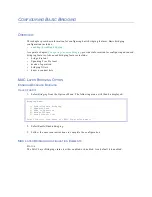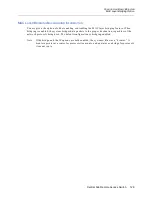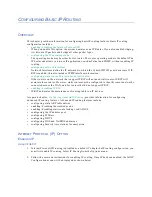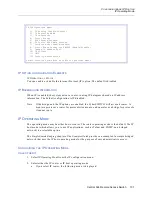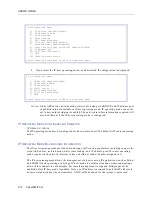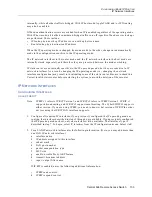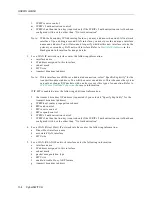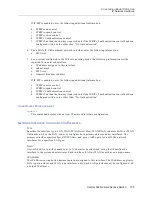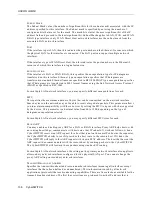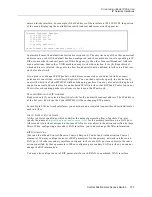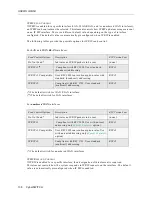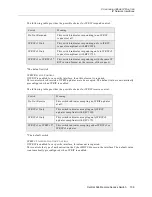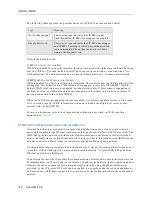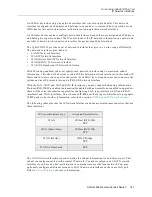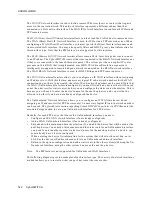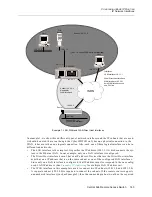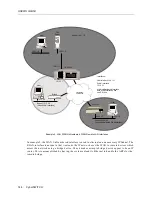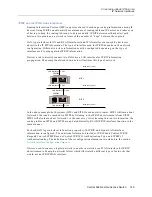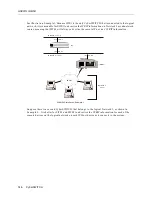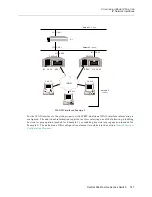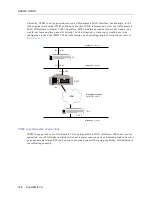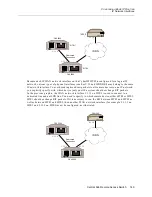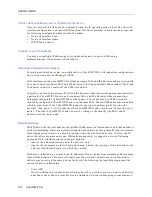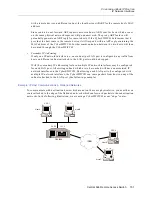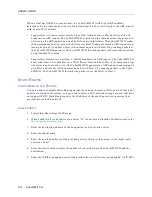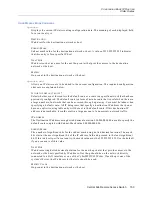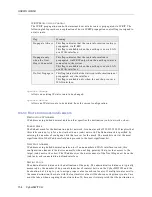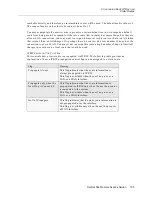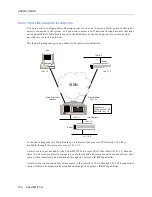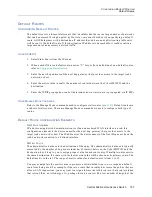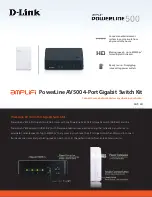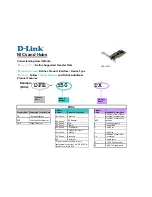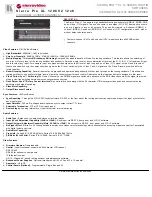
USER’S GUIDE
142 CyberSWITCH
The WAN IP Network Interface is used to define remote IP devices (hosts or routers) that require
access to the central network. This network interface represents a different subnet than that
connected to a LAN network interface. The WAN IP Network Interface is used for both IP Host and
PPP remote devices.
The WAN (Direct Host) IP Network Interface allows you to extend the LAN subnet to remote devices.
The WAN (Direct Host) IP Network Interface is used for IP Host and PPP remote devices. When
configuring a WAN (Direct Host) interface, you must specify the Direct Host interface name and
its associated LAN interface. You may also specify filters and DHCP proxy client information for
this interface type. Note that the RIP feature is not supported for this interface.
The RLAN (Remote LAN) IP Network Interface allows remote MAC layer bridge devices to connect
to an IP subnet. The CyberSWITCH treats all devices connected to the RLAN Network Interface as
if they were connected to the same Ethernet segment. The system provides an explicit IP router
presence on this RLAN that is implemented over ISDN. IP Address Resolution requests are
intelligently propagated to remote bridged networks connected on the RLAN network interface.
The WAN RLAN Network Interface is used for HDLC Bridge and PPP remote devices.
The WAN (UnNumbered) Interface allows you to configure an IP WAN interface without assigning
an IP address to it. With this feature, unnecessary logical IP sub-network numbers for the WAN
connections do not have to be created; therefore, IP sub-network numbers can be saved. Note that
if a WAN (UnNumbered) Interface is configured, you must first add any devices that will be used
as next hop devices (for static routes), before you can configure the static routes themselves. This is
because you will need to enter the device’s name for the next hop device, and you will not be
allowed to do this if you have not already configured the device.
The UnNumbered Network Interface allows you to configure an IP WAN Interface without
assigning an IP address to it (for PPP devices only). Unnecessary logical IP (sub-) network numbers
can be saved. The Quick Start’s section regarding CyberSWITCH Connectivity via PPP illustrates the
associated steps needed to set up an UnNumbered Interface for PPP devices.
Basically, for each PPP device that shares the UnNumbered interface, you must:
•
Configure an IP LAN Network Interface (if not already configured).
•
Add a WAN UnNumbered Interface (if not already configured).
•
Skip ahead to the main menu Security selection (3), and add the device that will be used as the
next hop device. You must do this because to add the static route for an UnNumbered interface,
you need to enter another system’s (a device’s) name for the next hop device. To do this, you
must already have a device configured.
•
When entering the device list information for the system that will act as the next hop, enter
0.0.0.0 as the device’s IP address because this is an UnNumbered network interface.
•
Return to the options configuration and add a static route to the other system(s) sharing the Un-
Numbered Interface, using the other system’s name as the next hop device.
Note:
The RIP feature is not supported for UnNumbered WAN Interfaces.
The following diagrams provide examples of each interface type. The variety of network interfaces
available allows you to install a wider range of devices at the remote sites.

